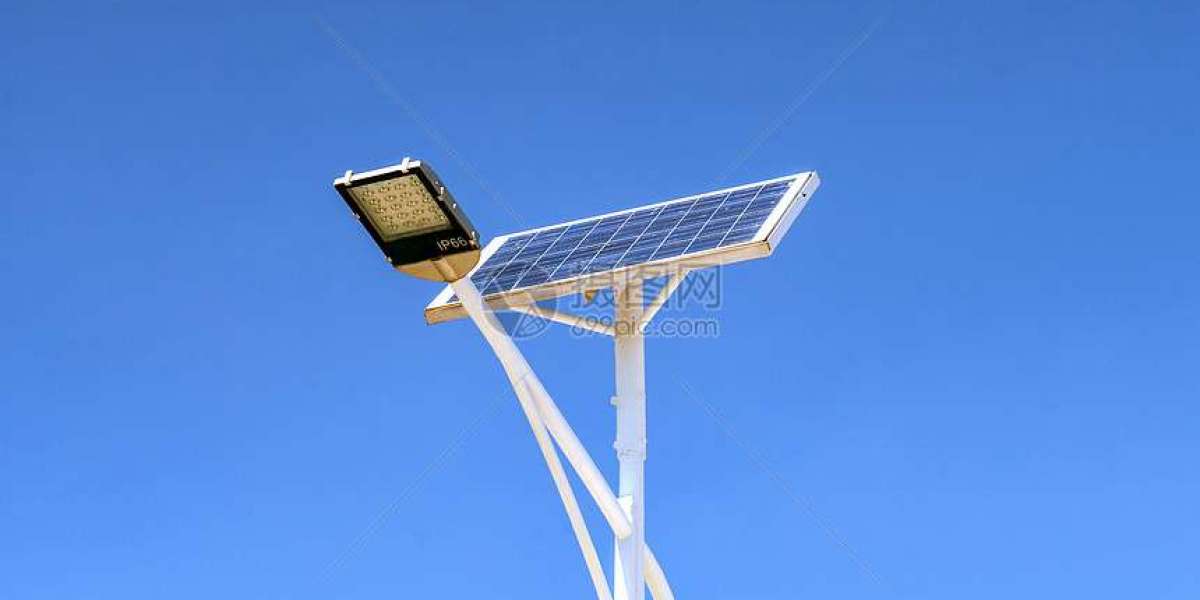Our daily life and industrial applications are inseparable from the use of batteries. With the continuous development of science and technology, there are more and more types of batteries, such as deep cycle battery. The advantages and disadvantages of lithium battery, lead-acid battery and colloidal battery are compared in this paper.
Lithium battery
Lithium batteries have higher energy-to-weight ratio and energy-to-volume ratio; Longer service life. Under normal working conditions, the number of charge and discharge cycles of the battery is much greater than 500 times; Lithium batteries are usually charged at a current of 0.5 to 1 times their capacity. Can shorten the charging time in time; Battery components do not contain heavy metal elements, does not pollute the environment; It can be used in parallel, and the capacity deployment is convenient. However, the battery cost is high, mainly in the positive electrode material LiCoO2 high price (less Co resources), electrolytic liquid system purification is difficult; And can not be large current discharge. Due to the organic electrolyte system and other reasons, the internal resistance of the battery is larger than that of other types of batteries. .
Lead-acid battery
The principle of a lead-acid battery is as follows. When the battery is connected to the load discharge, the dilute sulfuric acid will chemically react with the active substance on the positive and negative electrodes to form a new composite lead sulfate. The sulfuric acid component is released from the electrolyte by discharge. The longer the discharge time, the thinner the concentration; So as long as the concentration of sulfuric acid in the electrolyte is measured, the remaining electricity can be measured. As the anode plate is charged, the lead sulfate produced on the cathode plate will decompose and reduce to sulfuric acid, lead and lead oxide. Therefore, the concentration of sulfuric acid gradually increases. When the lead sulfate at the poles is reduced to the original substance, it is equal to the end of the charge and wait for the next discharge process.
Lead-acid batteries have the longest industrialization time, so they have the most mature technology, stability and applicability. The battery uses dilute sulfuric acid as the electrolyte, non-flammable, high safety; Wide range of operating temperature and current, good storage performance. But its energy density is low, cycle life is short, there are lead pollution problems.
Colloidal battery
The colloidal battery uses the cathode adsorption principle to seal the battery. When a battery is charged, the positive electrode gives off oxygen and the negative electrode gives off hydrogen. When the charge of the positive electrode reaches 70%, the positive electrode begins to evolution oxygen. The precipitated oxygen reaches the negative electrode and reacts with the negative electrode as follows to achieve the purpose of being absorbed by the negative electrode.
2Pb+O2=2PbO
2PbO+2H2SO4:2PbS04+2H20
Negative hydrogen evolution should start when the charge reaches 90%, coupled with the reduction of oxygen on the negative electrode and the increase of the hydrogen overpotential of the negative electrode itself to avoid a large number of hydrogen evolution reactions.
For AGM-sealed lead-acid batteries, although most of the electrolyte of the battery is stored in the AGM diaphragm, 10% of the pores of the diaphragm must not enter the electrolyte. The oxygen produced by the positive electrode reaches the negative electrode through this part of the pore and is absorbed by the negative electrode.
The colloidal electrolyte in the colloidal battery can form a solid protective layer around the plate, which will not lead to a decrease in capacity and long service life; Safe to use, conducive to environmental protection, belongs to the real green power supply; Small self-discharge, good deep discharge performance, good charging performance, strong acceptance, small potential difference between up and down, large capacitance. However, its production process is difficult and the cost is high.
Through the introduction of the above three kinds of batteries, we should have a certain understanding of these three kinds of batteries. Lead-acid battery technology is relatively mature, low cost, but short life. Lithium batteries as a new force in recent years, compared with lead-acid batteries, life is greatly improved, the volume is smaller, but the price is relatively high. Colloidal batteries also have the characteristics of long life, but the technical difficulty is relatively large, so there is no advantage in price.








